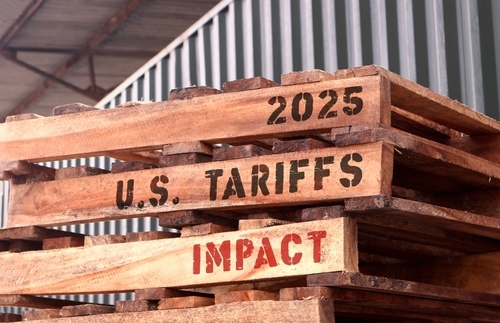Recently, I had the privilege of speaking on a panel at the first LeadsCon meeting in Las Vegas. Our panel topic was the “Proper Role of Affiliate Marketing in Lead Generation.” Ultimately, we got around to the discussion of bad affiliates who cause trouble, and how to prevent them from getting into your network. The give and take with the audience was fantastic, and during the exchanges I heard talk about “automation” of the affiliate intake process. That led to the comment from me that “you can’t automate common sense.” I’ve gotten a lot of response to that comment, so I decided to pen this follow-up column.
A safe affiliate intake process requires human intervention and a measure of common sense, no matter the size of your company. Whether we like it or not, it takes a human being to check phone numbers, addresses and domains to make sure nothing smells funny. Until we have perfected computers capable of artificial intelligence, there will always be humans involved in a good affiliate vetting process.
So what is a good affiliate vetting process? Each company has its different policies and procedures, but I’ve prepared a checklist that might help you get started. It’s not meant to be exhaustive, and how much gets checked might be different for various companies and situations, but this list should help you to start using the common sense necessary to avoid the rogue affiliates most likely to damage your reputation, and ultimately your revenue.
1. Have a standard form that prospective affiliates fill out. Seems simple, but many networks don’t take this simple step.
2. Check the following information:
a. Phone Number
i. Does the area code match the location of the affiliate’s address?
1. If not, why not?
ii. Is this a cell phone, or a land line?
1. If there is no land line, why not?iii. When you call the affiliate, do you get an office, an answering machine, voicemail, or nothing? Does what you get match your impression of who the affiliate claims to be?
b. Domain Name Registration.
i. Is the domain registered in the name of the affiliate or is it in another name?
1. If it’s in another name, why?2. If it’s anonymous, why?ii. Does the domain name list a contact or registration address different than the one the affiliate provided to you when signing up for your network?
iii. Is the domain name registered to an offshore entity?
c. Email Address.
i. Is the affiliate using an address that matches the domain of their company, or are they using something like gmail, Hotmail or Yahoo for their address?
1. If it’s different, ask why.
d. Search the Web
i. Search the affiliate’s real name and the name of his or her company on the web. You’ll be amazed at some of the things you’ll find. And you should also be surprised and perhaps made suspicious by what you don’t find. It shouldn’t be too hard to find your prospective affiliate on the web.
As you can see, these items can’t be accomplished in an automated fashion. And yet, if you don’t do them, you aren’t really vetting affiliates. And even if you are doing them, you need to make sure the people responsible are using “common sense.” This is more than an exercise in filling out a form.
Unfortunately, there are no hard and fast answers here. An affiliate may have a great explanation why the phone number they provided to you doesn’t match the phone number on their domain registration. But someone has to have enough sense to ask the questions, and judge the answers. The risk profile of your company depends on the exercise of that common sense.
____________________________________________________
Shai Pritz is the CEO for UniqueLeads.com, Inc., and Unique Lists, Inc. www.uniqueleads.com He’s also a founding member of the Online Lead Generation Association (OLGA), and has been a leader in the online marketing industry for over a decade.
Copyright 2008 – UniqueLeads.com, Inc.
 Network
Network

